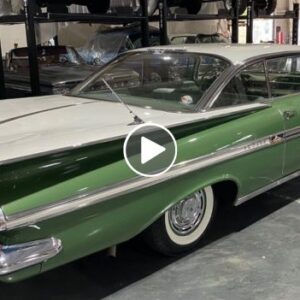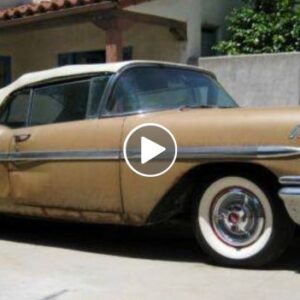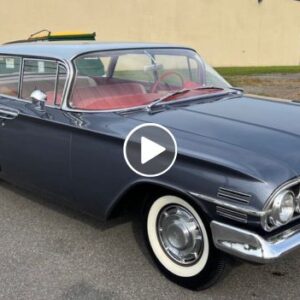The Tri-Five was such a popular car that Chevrolet sold almost five million of them from 1955 to 1957. But while the nameplate itself is very common, some versions of the Tri-Five are actually hard to find nowadays.

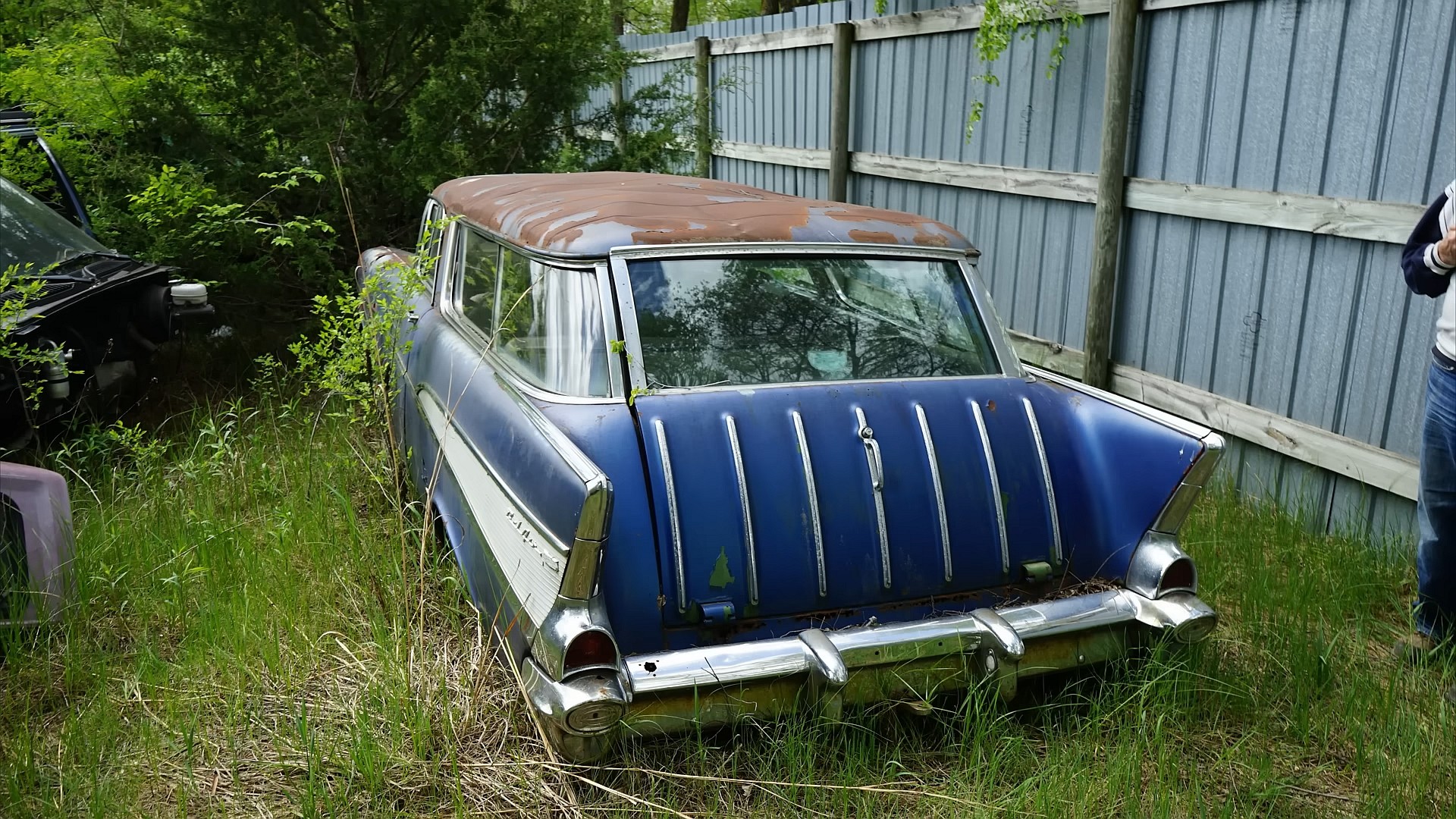

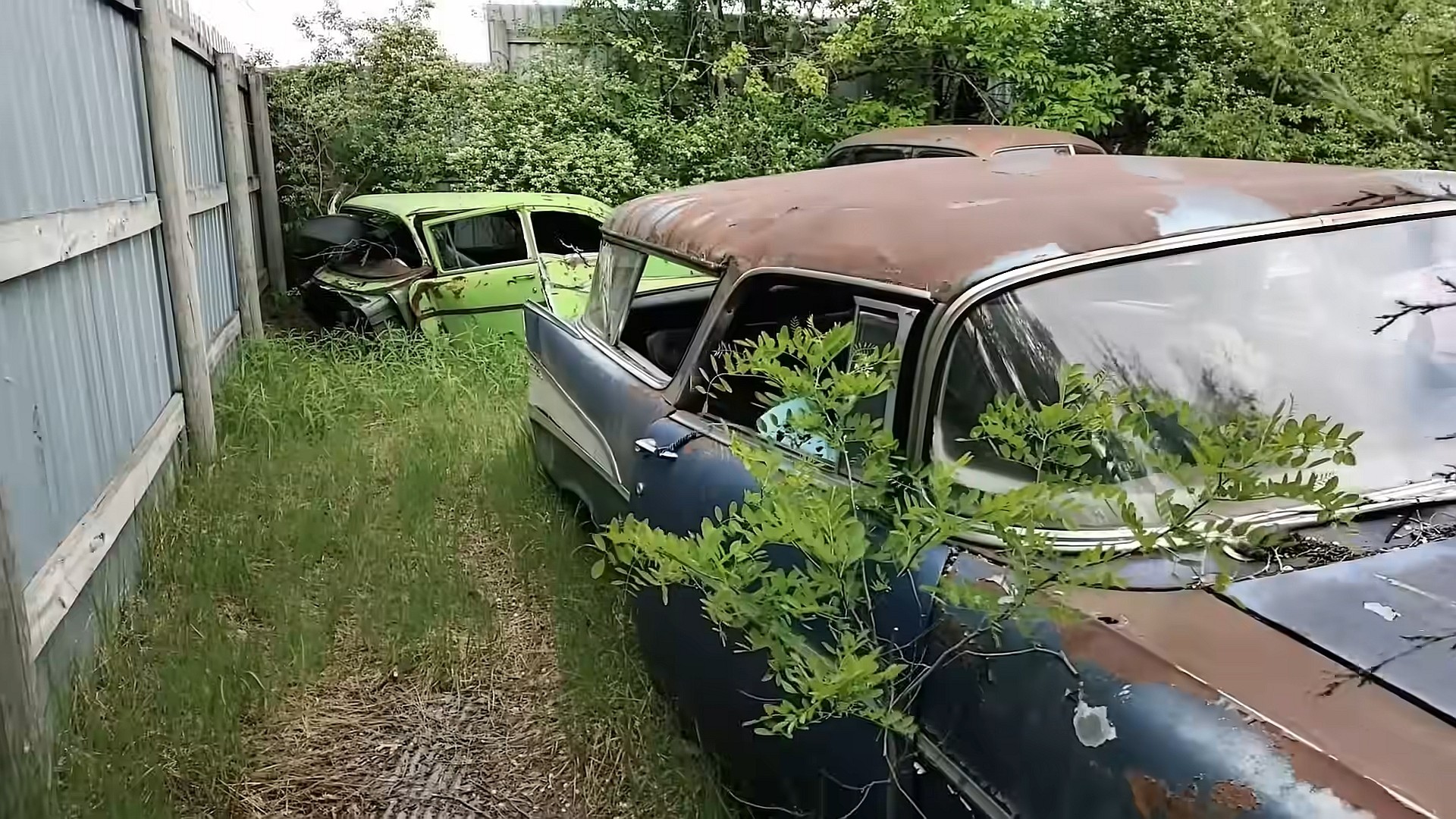

Somewhat surprisingly, two of the three rarest Tri-Fives are entry-level 150 two-door models. I’m talking about the Utility Sedan and the Delivery Sedan, which were built in 31,668 and 28,991 units, respectively.
The other one, and also the rarest of the bunch, is the luxury-trimmed Nomad. Essentially a two-door wagon version of the Bel Air, it was sold in only 22,897 examples. If we break it down to model years, the 1957 version is the rarest with just 6,264 wagons driven off the assembly line.
But despite being hard to find and quite valuable compared to other classics from the era, some Nomads are still forgotten in barns and backyards. And that’s a shame because these grocery getters should be spending their retirement years on the auto show tour as design icons of the 1950s.
Sadly, this 1957 Nomad wasn’t lucky enough to get a roof over its head, so it spent an unspecified number of years in someone’s backyard. It no longer runs, t has some rust issues, and a damaged roof after a tree fell on it, but there’s plenty of good news to run by.
For starters, it’s pretty much complete. Cars like these are usually stripped off for parts, so it’s quite amazing that it’s still in one piece inside and out. Second, it’s finished in Harbor Blue, a hue that’s not very common for the 1957 Nomad. Sure, it’s not as cool as Surf Green or most two-tone combos that were available at the time, but it’s a nice color to have on a chrome-laden wagon from the 1950s.
And while there’s no confirmation that it’s still wearing its factory paint, it sure looks like this Nomad hasn’t been resprayed. And that’s downright awesome for a guy like me, who loves patina.
Of course, a classic like this deserves a full-blown, frame-off restoration, but it’s also suitable for a rat-rod-like restomod build if you’re into that type of thing.
As of this writing, there’s no info on whether the owner is planning to restore it or sell it, but YouTube’s “Auto Archaeology” says the car was almost repaired with parts from a Pontiac Safari. Having escaped what might have been a butcher’s job, maybe it will finally be released from the yard to a new owner that will give it the treatment it deserves.
Check out this cool Nomad in the video below and make sure you don’t miss the other Tri-Fives parked next to it. There’s also a 1957 two-door sedan in what appears to be Sublime Green. Now that’s an unlikely combo!
